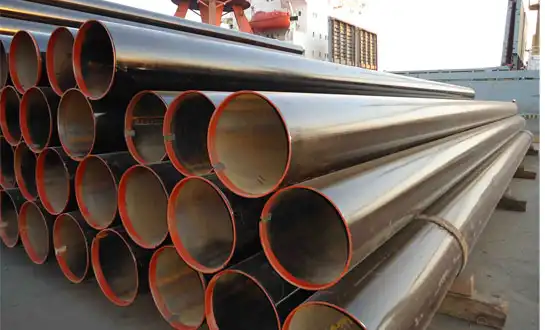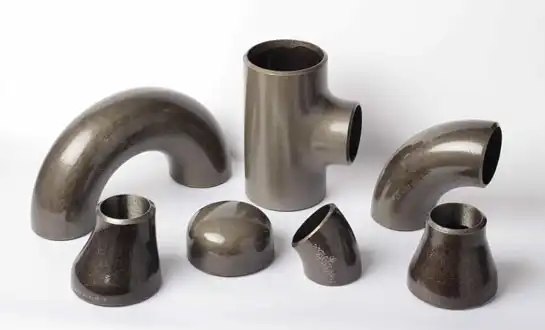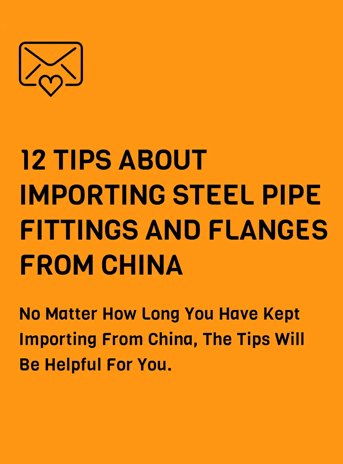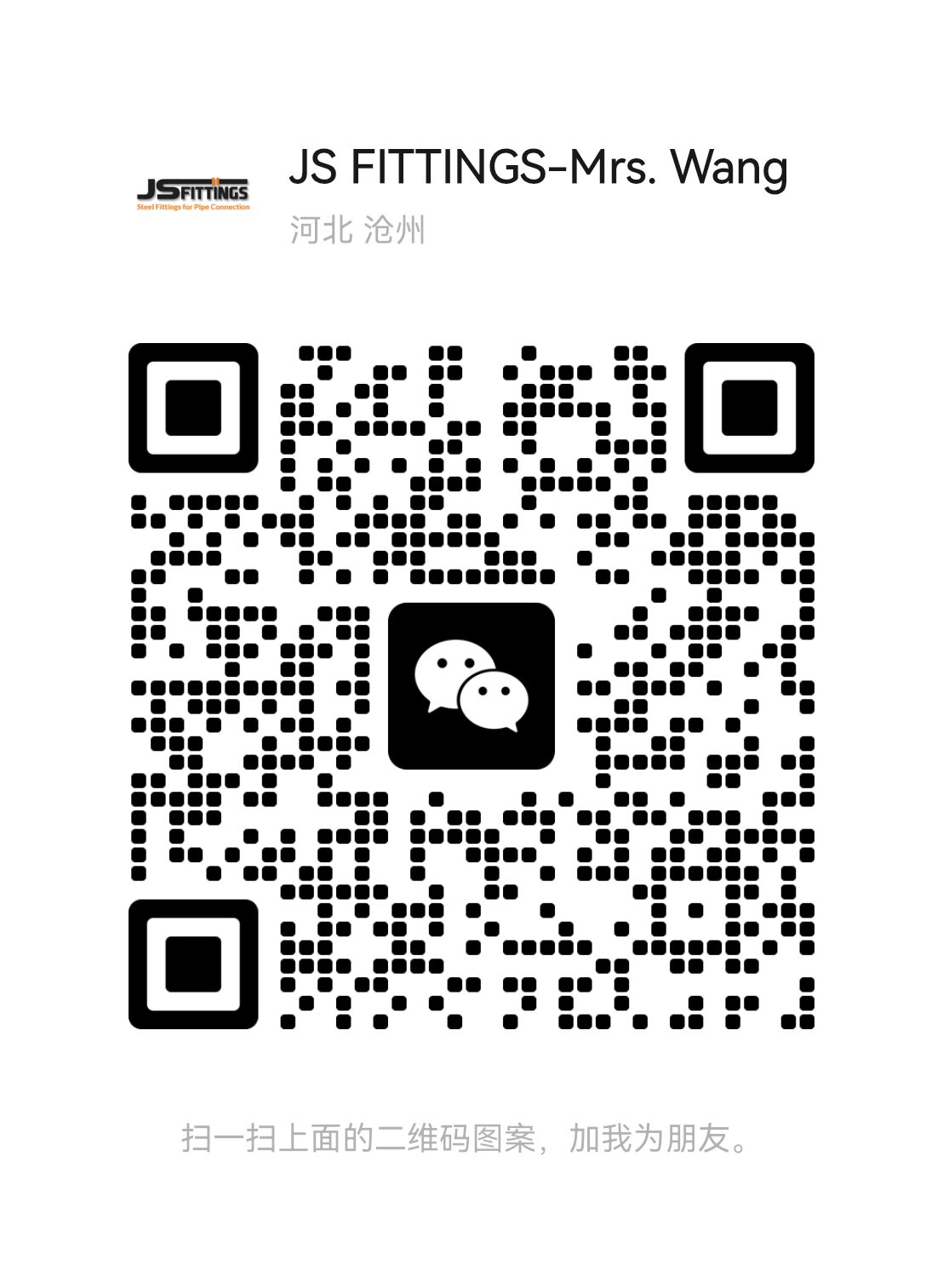The Complete Checklist for Inspecting Shipments of Industrial Pipe Fittings
When industrial pipe fittings arrive at your facility, proper inspection procedures can mean the difference between project success and costly delays. A comprehensive inspection checklist ensures that every component meets stringent quality standards while preventing potential system failures down the line. This systematic approach protects your investment and maintains operational integrity across diverse applications. Whether dealing with butt weld fittings for high-pressure systems or standard connections for routine installations, thorough inspection protocols safeguard against defects that could compromise entire pipeline networks. Understanding what to look for during initial receipt and detailed examination phases enables procurement teams to make informed decisions about acceptance or rejection of shipments.
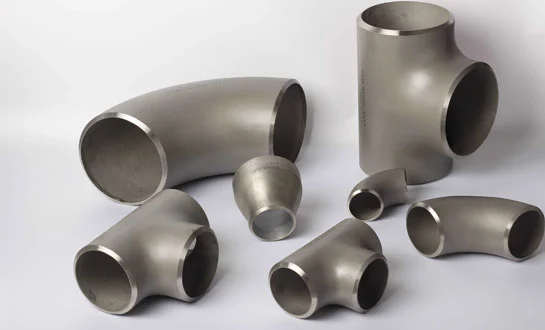
Pre-Inspection Documentation and Certification Verification
Material Certification and Compliance Records
Every shipment of industrial pipe fittings must arrive with comprehensive material test certificates that verify chemical composition, mechanical properties, and manufacturing standards. These documents serve as the foundation for acceptance, particularly when dealing with critical applications where butt weld fittings will experience extreme temperatures or pressures. Material certificates should clearly indicate grade specifications, heat treatment processes, and compliance with relevant industry standards such as ASTM, ASME, or API requirements. Verification of these documents against purchase order specifications prevents costly installation errors and ensures compatibility with existing pipeline systems. The certification process also includes reviewing third-party inspection reports that validate dimensional accuracy and surface finish quality.
Packaging and Handling Assessment
Proper packaging evaluation reveals potential damage that may have occurred during transportation and storage phases. Industrial pipe fittings, especially welded pipe fittings, require protective measures to prevent surface contamination, mechanical damage, and exposure to environmental elements. Inspect wooden crates, steel containers, or specialized packaging materials for signs of impact, moisture intrusion, or inadequate securing mechanisms. Documentation should include photographic evidence of packaging condition upon arrival, noting any discrepancies that might affect product integrity. This assessment helps establish liability for potential damage claims while ensuring that fittings maintain their specified tolerances and surface conditions throughout the supply chain.
Quantity Verification and Part Number Matching
Accurate quantity counts and part number verification prevent project delays caused by missing or incorrect components. Each fitting should bear clear identification markings that correspond to purchase order specifications, including size, schedule, material grade, and manufacturing standards. Systematic counting procedures should account for different fitting types within mixed shipments, paying particular attention to butt weld fittings that may appear similar but serve different pressure ratings or temperature ranges. Cross-referencing delivery receipts with packing lists ensures complete shipment receipt while identifying any substitutions that require engineering approval before installation proceeds.
Physical Inspection Procedures and Dimensional Verification
Surface Quality and Finish Examination
Surface inspection encompasses visual examination for cracks, pitting, scratches, or other defects that could compromise fitting performance or welding quality. Butt weld fittings require particularly careful attention to end preparation surfaces, which must be smooth, clean, and free from contamination that could affect weld penetration. Surface finish measurements using appropriate gauges verify compliance with specified roughness values, while magnetic particle or dye penetrant testing may be required for critical applications. Documentation of surface conditions through detailed photography provides reference materials for future quality discussions and helps establish baseline conditions for performance monitoring.
Dimensional Accuracy and Tolerance Checking
Precise dimensional verification ensures proper fit-up with existing pipeline components and prevents costly field modifications during installation. Critical measurements include outside diameter, wall thickness, center-to-face dimensions, and angular specifications for elbows or tees. Welded pipe fittings must maintain strict tolerances to ensure proper alignment and stress distribution throughout the piping system. Calibrated measuring instruments, including calipers, micrometers, and specialized gauges, provide accurate readings that can be compared against engineering drawings and industry standards. Any dimensional deviations outside acceptable tolerances require immediate notification to suppliers and potential rejection of affected components.
Thread Inspection and Fitting Compatibility
Threaded connections require careful examination of thread pitch, depth, and surface condition to ensure leak-tight joints and proper engagement with mating components. Thread gauges verify conformance to specified standards while visual inspection identifies damaged or incomplete threads that could compromise connection integrity. For butt weld fittings with threaded auxiliary connections, both welding surfaces and threaded portions must meet their respective quality requirements. Compatibility testing with sample pipe sections or existing system components validates proper fit-up before full installation proceeds, preventing costly rework or system modifications.
Testing Protocols and Quality Assurance Validation
Pressure Testing and Leak Detection
Systematic pressure testing validates the structural integrity of pipe fittings under specified operating conditions while identifying potential failure points before system commissioning. Test procedures should follow established industry protocols that account for material properties, temperature effects, and safety factors appropriate for intended service conditions. Butt weld fittings typically undergo hydrostatic testing at pressures exceeding normal operating levels to verify weld quality and base material strength. Leak detection methods, including soap bubble testing or specialized detection equipment, ensure that all connections maintain integrity under pressure cycling conditions that simulate actual service environments.
Non-Destructive Testing Requirements
Advanced inspection techniques such as radiographic, ultrasonic, or magnetic particle testing provide detailed information about internal and surface defects that may not be visible during standard visual inspection. These methods are particularly important for welded pipe fittings used in critical applications where failure could result in safety hazards or environmental damage. Testing frequency and acceptance criteria should align with project specifications and applicable codes, with documentation maintained for traceability and quality assurance purposes. Qualified technicians using calibrated equipment ensure reliable results that support confident acceptance decisions.
Hardness Testing and Material Verification
Hardness testing provides additional verification of material properties and heat treatment effectiveness, particularly for fittings that will experience high stress or temperature cycling. Portable hardness testers enable field verification without damaging finished surfaces, while maintaining correlation with material certificates and specified requirements. For butt weld fittings, hardness uniformity across the component ensures consistent performance characteristics and proper weldability. Testing results should be documented and compared against acceptance criteria established during the procurement phase, with any deviations requiring engineering evaluation and potential supplier notification.
Conclusion
Implementing a comprehensive inspection checklist for industrial pipe fittings ensures project success while minimizing costly delays and safety risks. Systematic verification of documentation, physical characteristics, and performance capabilities provides confidence in component quality and long-term reliability. This methodical approach protects investments while maintaining operational integrity across diverse industrial applications requiring dependable pipeline systems.
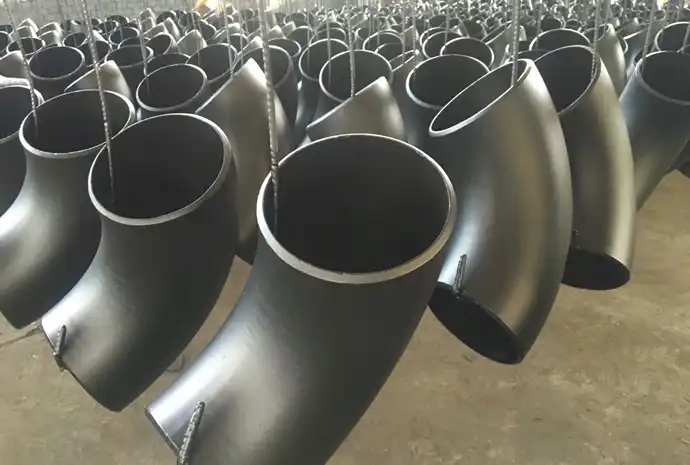
HEBEI RAYOUNG PIPELINE: Your Trusted Butt Weld Fittings Manufacturer
At HEBEI RAYOUNG PIPELINE TECHNOLOGY CO., LTD., we understand that exceptional infrastructure begins with reliable, high-quality components that exceed industry expectations. As leading pipes and fittings manufacturers with ISO 9001:2015 certification, we deliver superior butt weld fittings and welded pipe fittings that consistently pass rigorous inspection protocols. Our comprehensive product range, backed by GOST-R and SGS certifications, ensures export compliance while meeting the demanding requirements of industries worldwide. From residential projects to complex industrial installations, our carbon steel pipe solutions provide the durability and performance your projects demand. Experience the RAYOUNG difference in quality, innovation, and customer service that has made us a trusted global supplier. Contact our technical team today at info@hb-steel.com to discuss your specific requirements and discover how our expertise can support your next project's success.
References
1. Smith, J.A. & Johnson, R.K. (2023). Industrial Pipe Fitting Quality Control Standards and Inspection Procedures. Journal of Pipeline Engineering, 15(3), 45-62.
2. Brown, M.L. (2022). Material Certification Requirements for High-Pressure Piping Systems. International Standards Review, 8(4), 123-138.
3. Davis, P.W., Thompson, S.R. & Wilson, K.J. (2023). Non-Destructive Testing Methods for Welded Pipe Fittings. Materials Testing Quarterly, 29(2), 78-95.
4. Anderson, C.M. (2022). Dimensional Tolerance Verification in Industrial Pipe Components. Precision Engineering Today, 41(7), 201-215.
5. Taylor, R.H. & Martinez, L.E. (2023). Surface Quality Assessment Techniques for Critical Pipeline Applications. Quality Assurance in Manufacturing, 12(1), 34-48.
6. White, D.K., Garcia, A.F. & Lee, H.C. (2022). Pressure Testing Protocols for Industrial Piping Systems. Safety and Reliability Engineering, 18(5), 167-182.

Need a quote? Want to see samples? Just say hello. We’re friendly. We’re fast. And we’re ready when you are.
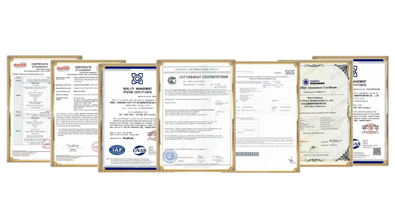
Welcome to RAYOUNG – Strong Pipes, Stronger Promise
